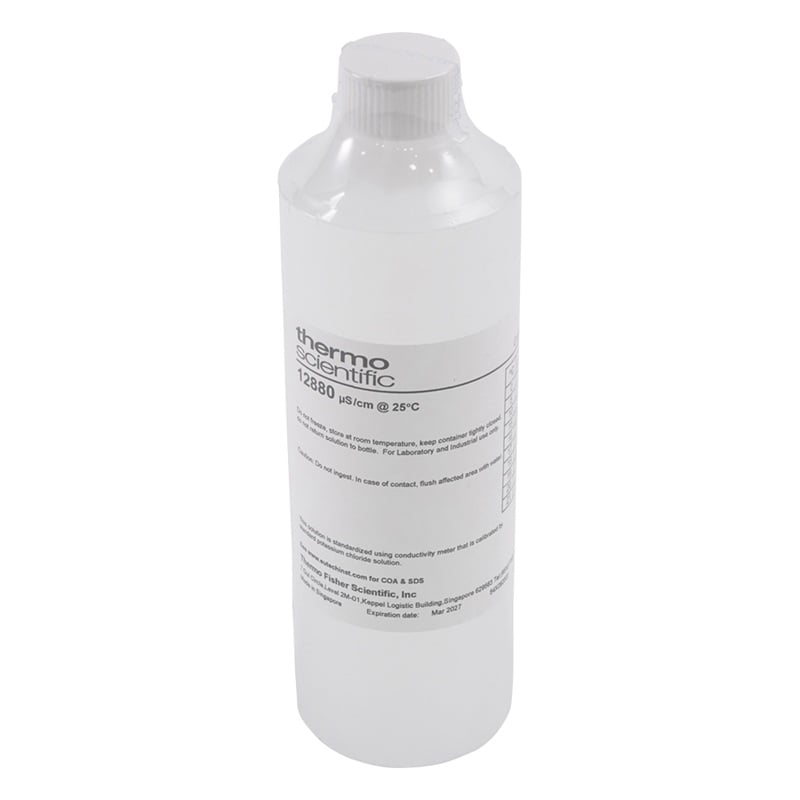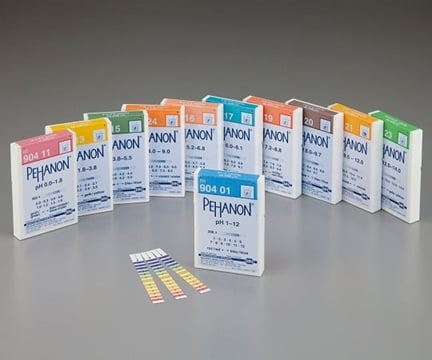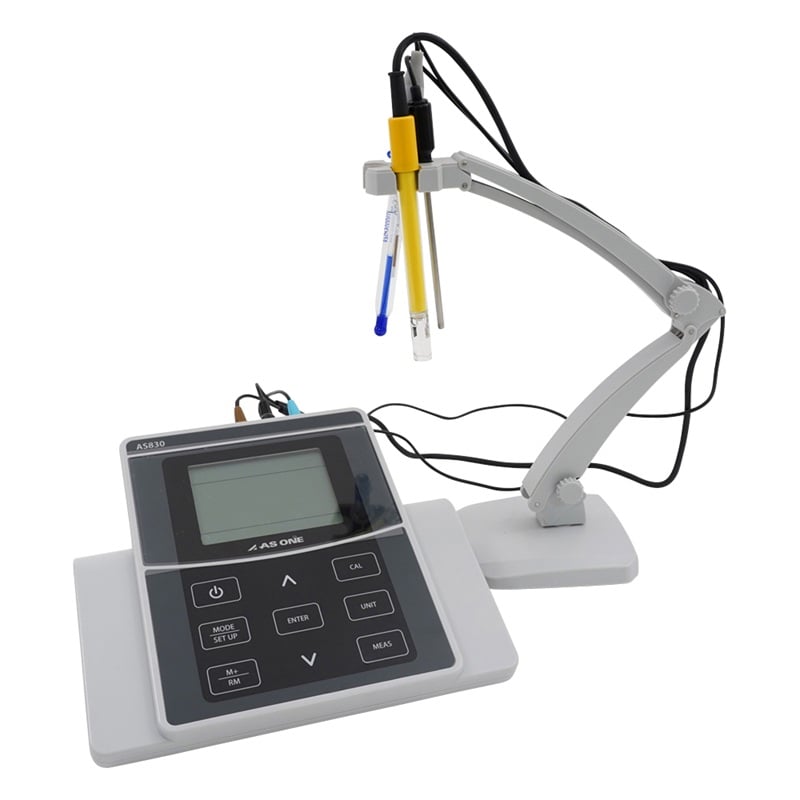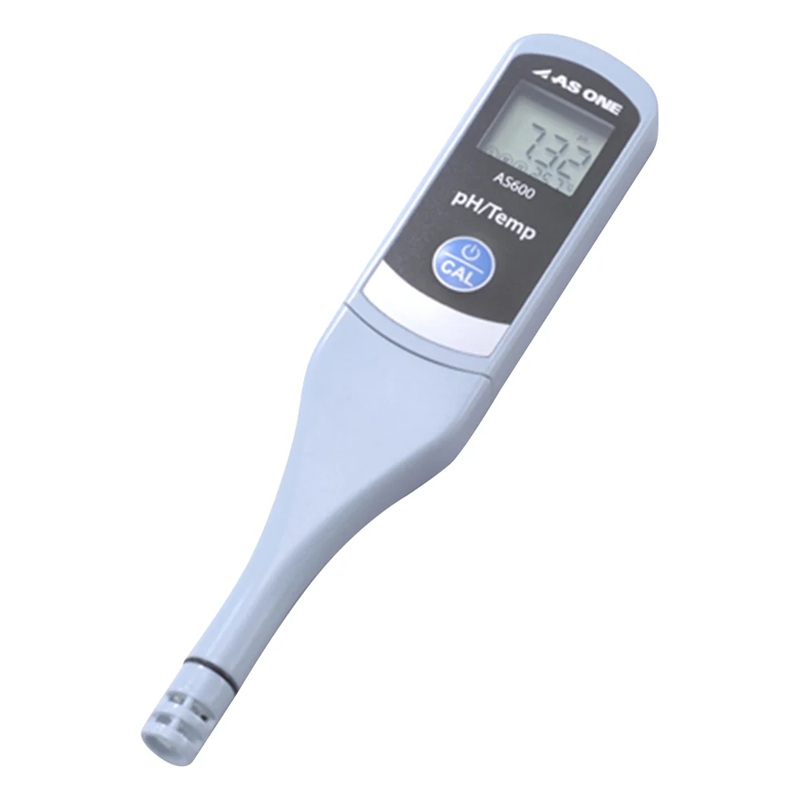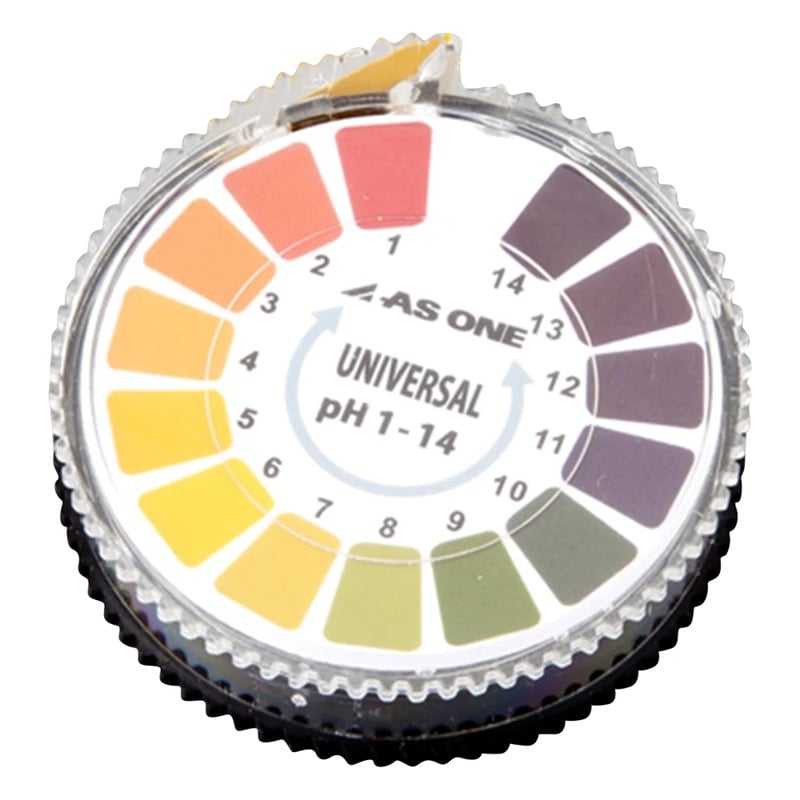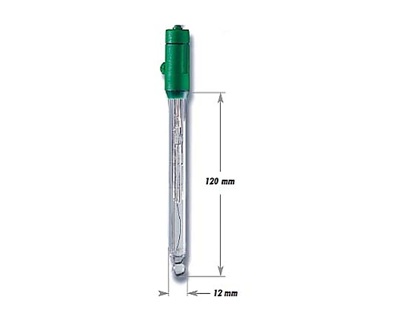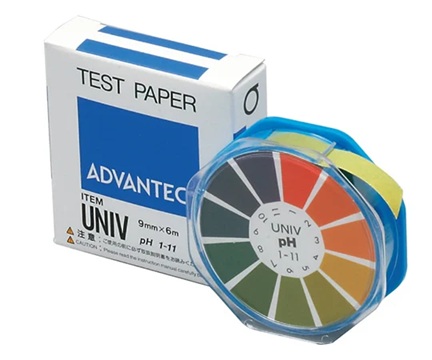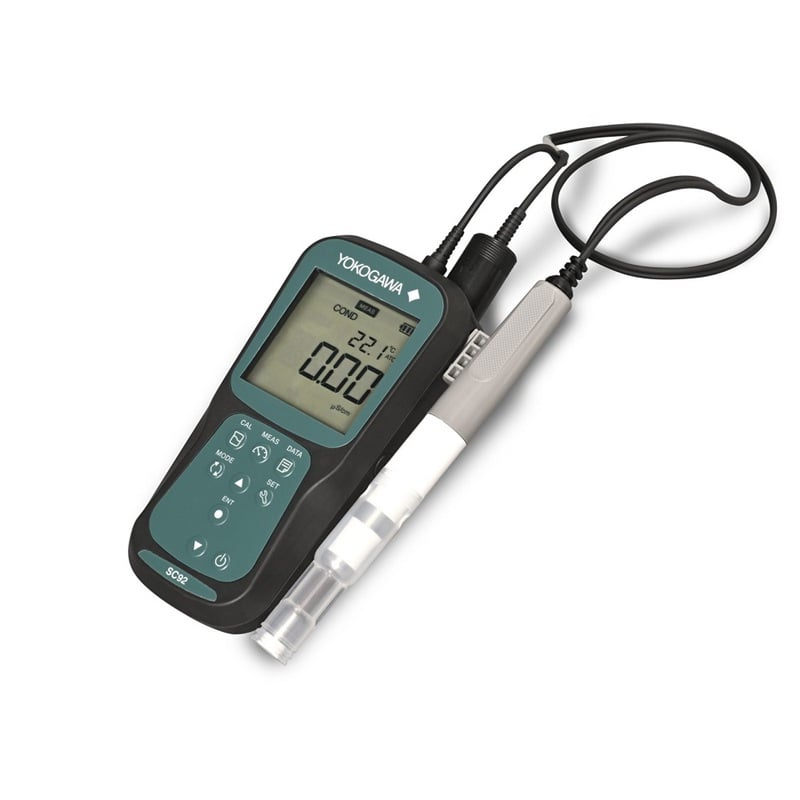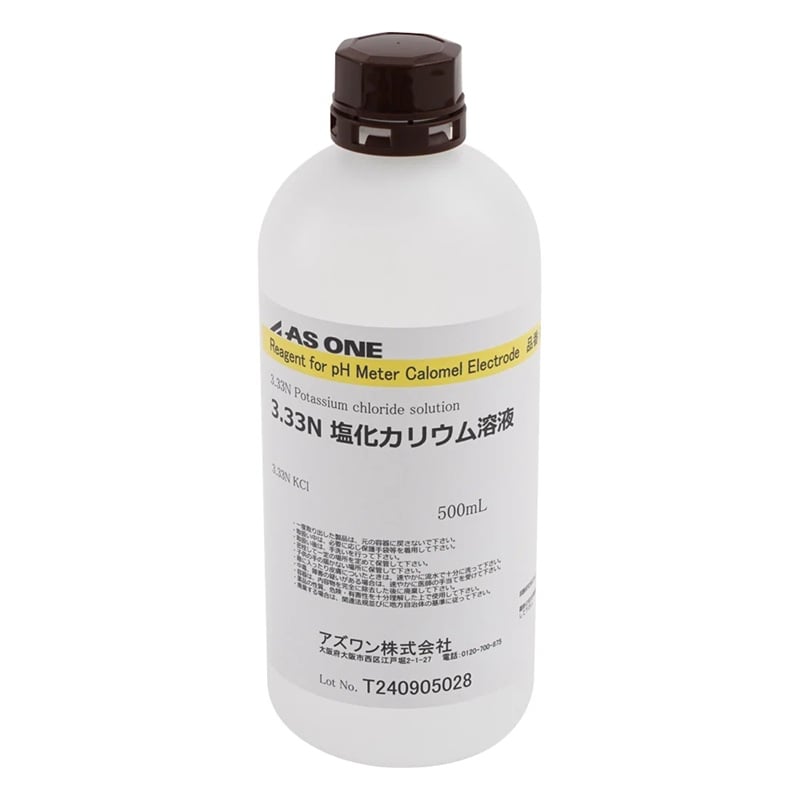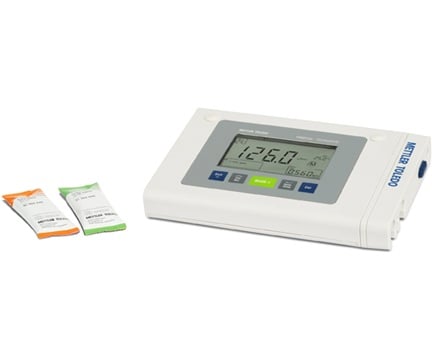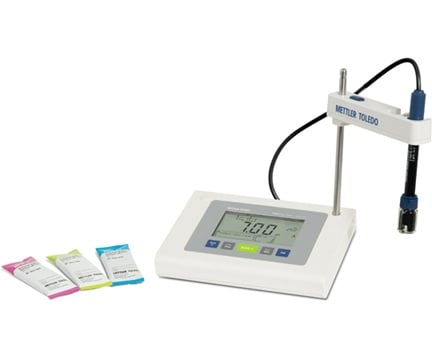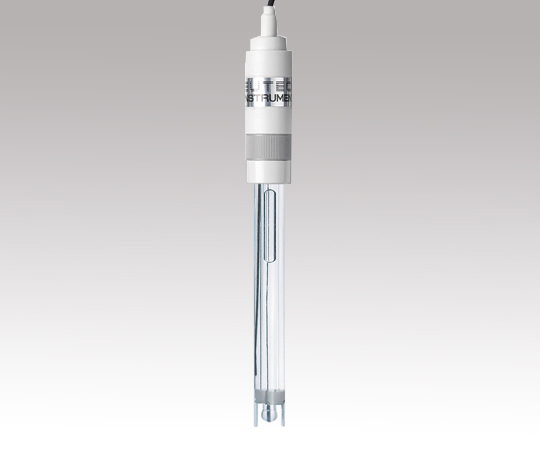
Eutech Instruments ECFC7252101B Lacom Tester pH Electrode PMP Resin (1 - 13pH)
| Manufaturer: | Eutech Instruments |
| Model: | ECFC7252101B |
*The above price is Standard Price, Kindly click on Request a quote to unlock the Best Price and Delivery Date. Our expert consulting team is always ready to assist you.
*Order Process: 1. Request a quote ⇒ 2. Quote via Email ⇒ 3. Proforma Invoice ⇒ 4. Payment ⇒ 5. Delivery and Invoice.
*We deliver to your doorstep under DAP terms. Customs clearance is for your account.

*You can't find the product you need, please send us the picture/specifications/model/product code and quantity you need to email: [email protected]. We will find it for you.
*Review us here: Review Now
Description
- pH measurement range: 1 - 13pH
- Temperature measuring range: 0 - 50℃
- Material: PMP resin
- Measuring section size: φ12 x 90mm
- Liquid junction material: Porous HDPE
- Liquid junction structure: Single junction)
- Inner pole: Ag/AdCl
- Internal fluid replenishment usability: Unavailable
- Electrode preservation medium specification: ECRE005
- Cord length: 1m
- Connector: BNC
- Model number: EC-FC72521-01B
-
Frequently Asked Questions about the Eutech Instruments ECFC7252101B pH Electrode:
1. What is the ECFC7252101B pH Electrode?
The ECFC7252101B is a general-purpose, plastic-body pH combination electrode designed for routine laboratory and industrial pH measurements. It features a sealed Ag/AgCl reference system that requires no electrolyte refilling, ensuring maintenance-free operation.
2. What pH range does it measure?
It measures pH values from 0 to 13, covering virtually all common acidic and alkaline solutions.
3. What is its operating temperature range?
The electrode operates reliably between 0 °C and 80 °C, making it suitable for a wide variety of laboratory and process environments.
4. What liquid junction and internal reference does it use?
-
Liquid junction: porous HDPE pin
-
Internal reference: sealed Ag/AgCl
-
This combination provides fast, stable readings and minimizes sample contamination or leakage.
-
5. What are its physical dimensions and connector type?
-
Shaft dimensions: 90 mm length × 12 mm diameter
-
Cable length: 1 m
-
Connector: BNC
-
These specifications offer flexibility for handheld meters, benchtop units, and flow-through cells.
-
6. Which pH meters is it compatible with?
The ECFC7252101B works with any pH meter featuring a standard BNC input. Common compatible models include the Eutech pH 700, pH 510, and pH Tutor series.
7. Does it have automatic temperature compensation (ATC)?
No. This electrode does not include an ATC sensor. To achieve temperature-compensated readings, pair it with a meter that either accepts an external temperature probe or allows manual temperature entry.
8. How do I calibrate the electrode?
-
Rinse the electrode with deionized water and gently blot dry.
-
Immerse in pH 7.00 buffer and wait 10–15 minutes for stabilization.
-
Perform a two-point calibration using pH 7.00 and either pH 4.01 (for acidic work) or pH 10.01 (for alkaline work).
-
Rinse between buffer changes with deionized water and gently blot dry before proceeding.
-
9. How should I store and maintain the electrode?
-
After use, rinse with deionized water and blot—not rub—the glass membrane dry.
-
Store submerged (junction down) in a pH electrode storage solution or 3 M KCl solution to keep the junction hydrated.
-
Avoid letting the junction dry out or exposing the body to strong acids, bases, or solvents.
-
If the junction becomes clogged, soak in a mild cleaning solution recommended by the manufacturer.
-
10. What are common troubleshooting issues and solutions?
-
Unstable readings: ensure proper calibration and that the junction is not clogged.
-
Slow response: verify the electrode is fully hydrated and clean; if not, soak in storage solution.
-
Drift during measurement: check buffer solutions for contamination or expiration.
-
Sample backflow into junction: inspect for cracks or replace the electrode if the seal is compromised.
-
11. What applications is the ECFC7252101B suited for?
-
This electrode is ideal for routine pH monitoring in:
-
Water and wastewater treatment
-
Chemical and pharmaceutical production
-
Food and beverage processing
-
Environmental monitoring
-
12. How durable is the electrode body?
The robust plastic-body design withstands accidental bumps and reduces breakage risk compared to traditional glass-only electrodes.
13. Is electrolyte refill required?
No. The sealed reference system eliminates the need for periodic electrolyte refills, reducing downtime and maintenance.
14. What is the typical service life?
Under normal laboratory use and proper storage, users can expect 1–2 years of reliable performance. High-usage or harsh-environment applications may shorten lifespan.
15. Are there any recommended accessories?
-
pH electrode storage solution
-
Calibration buffer kits (pH 4.01, 7.00, 10.01)
-
Electrode cleaning solutions (acidic, basic, and protein cleaners)
-
Replacement junction cleaning cartridges
You may like
